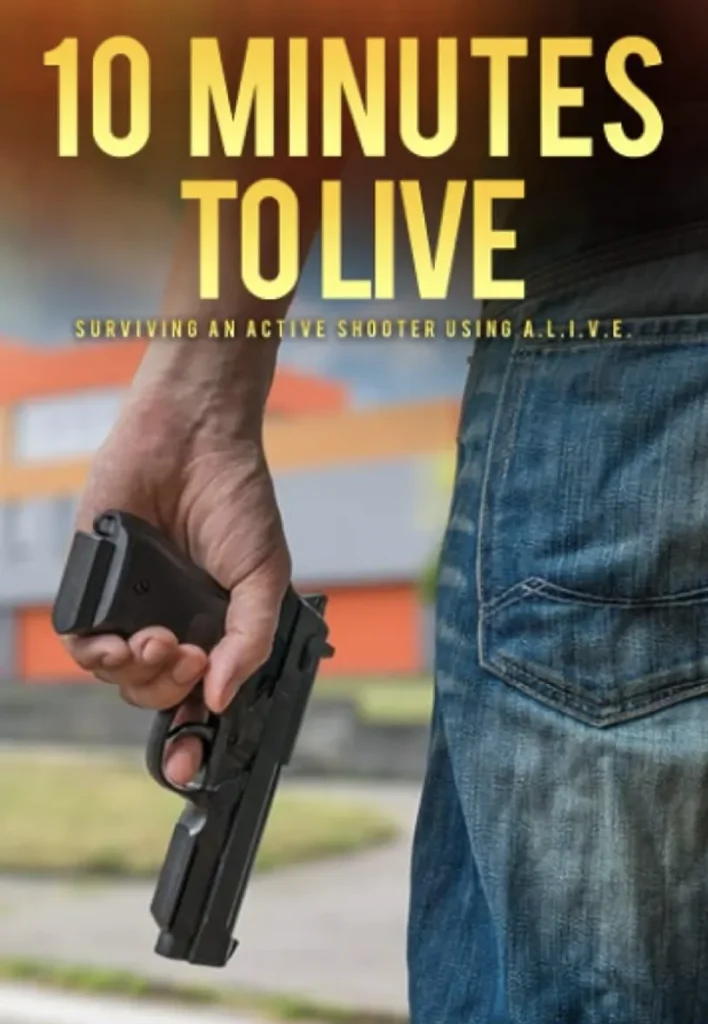Active shooter training is crucial for several reasons:
1. Emergency Preparedness: Active shooter incidents can happen suddenly and unexpectedly. Training helps individuals and organizations prepare for these situations by providing knowledge on how to respond effectively, increasing their chances of survival.
2. Minimizing Casualties: Proper training can help people know what to do when confronted with an active shooter. This knowledge can save lives by minimizing casualties and injuries through quick and informed actions.
3. Reducing Panic: Training can help individuals stay calm under pressure. Panic can exacerbate the situation and hinder the ability to make rational decisions. Training helps people manage fear and act more decisively.
4. Faster Response: Trained individuals can respond more quickly, either by fleeing the scene, barricading themselves, or assisting others. A rapid response can potentially stop the shooter or limit their ability to harm more people.
5. Coordination: In larger organizations or public spaces, coordinated responses are essential. Training ensures that employees, students, or community members are on the same page and can work together effectively during an active shooter incident.
6. Increased Awareness: Active shooter training also enhances awareness of potential threats and suspicious behaviors. It encourages people to report concerns to authorities, which can help prevent incidents before they occur.
7. Law Enforcement Collaboration: Training fosters collaboration between law enforcement and the community. When both groups are familiar with response procedures, they can work more effectively together during an incident.
8. Compliance: In some cases, such as in workplaces or schools, active shooter training may be required by law or regulations. Compliance ensures the safety of employees, students, and visitors.
9. Empowerment: Training empowers individuals with the knowledge and skills to take an active role in their safety. Feeling prepared and confident can reduce fear and anxiety related to the threat of an active shooter.
10. Continual Improvement: Training programs evolve based on lessons learned from real incidents. Regular training sessions can incorporate best practices and adapt to changing threats, ensuring that individuals and organizations remain well-prepared.
In summary, active shooter training is essential because it equips individuals and organizations with the tools and knowledge needed to respond effectively during an active shooter incident. It can save lives, reduce injuries, and mitigate the impact of these tragic events.
Statistics
Here are some statistics on active shooter cases in the United States up to September 2021:
- Frequency of Incidents:Active shooter incidents in the United States have been on the rise in recent years. Between 2000 and 2017, there was an average of 11.4 incidents per year.
- Fatalities:These incidents tend to result in a significant number of fatalities. On average, there were 16.4 fatalities per incident during the same period.
- Injured Individuals:In addition to fatalities, active shooter incidents often leave many individuals injured. On average, there were 6.5 individuals injured per incident.
- Law Enforcement Response:Law enforcement agencies usually respond quickly to active shooter situations. In many cases, these incidents are resolved within minutes, but they can still result in multiple casualties.
- Targets:Active shooter incidents can occur in various settings, including schools, workplaces, malls, and public spaces. Schools and educational institutions have been a notable target.
- Motivations:The motivations behind active shooter incidents can vary widely, including personal grievances, mental health issues, and ideological beliefs.
- Prevention and Preparedness:Due to the increasing frequency of these incidents, many organizations and institutions have been focusing on prevention strategies and active shooter preparedness training.
These statistics have definitely grown and may have evolved since September 2021. For the most current and detailed information on active shooter incidents, I recommend referring to official sources such as the Federal Bureau of Investigation (FBI) or the Centers for Disease Control and Prevention (CDC).

